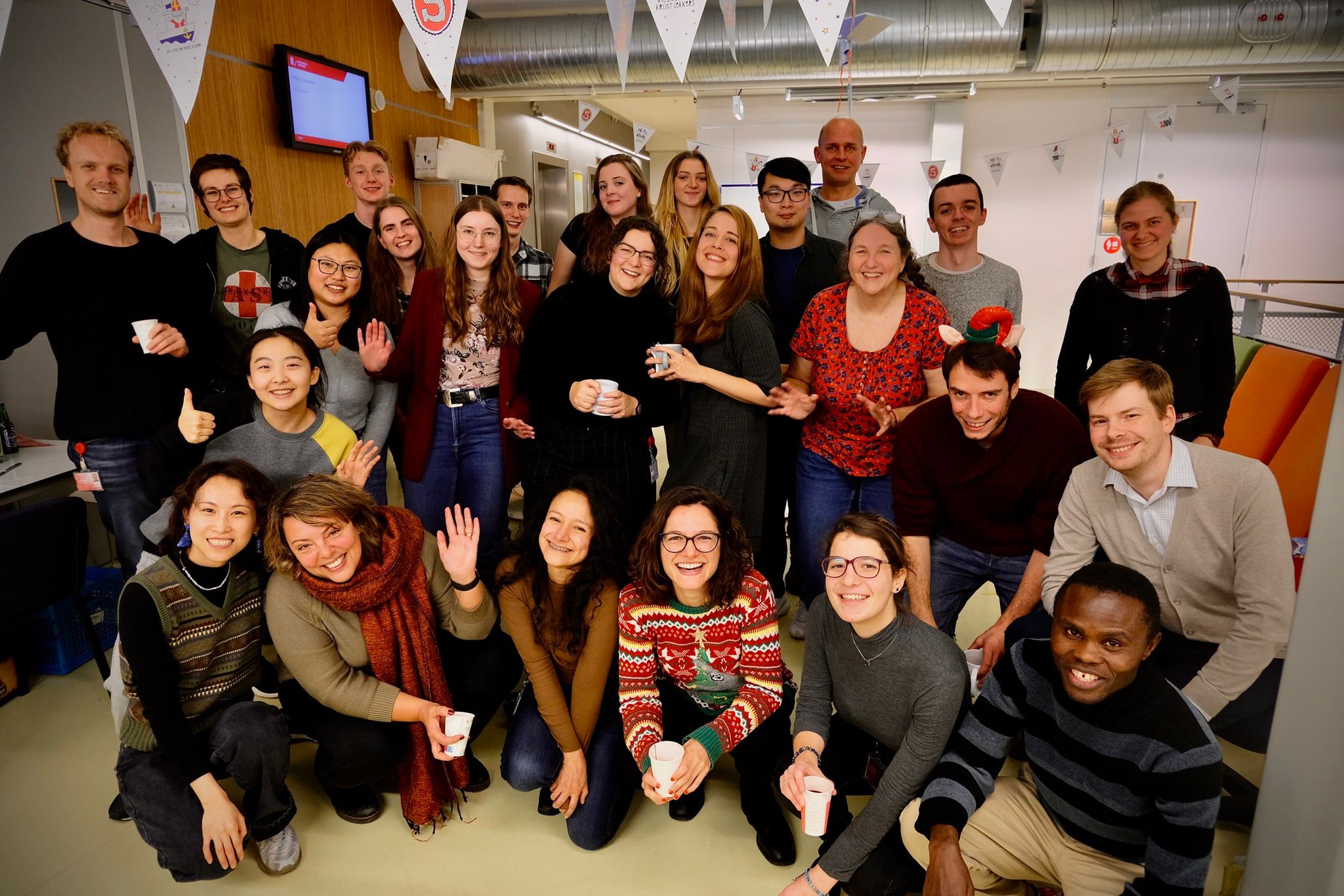Welcome to the Salles lab

Microorganisms – bacteria, archaea, fungi, protists, nematodes – are the most diverse group of organisms on Earth, representing almost the whole tree of life. From these, bacteria are the most ancient ones, colonizing our planet already for 3.5 billions of years. This long evolutionary history allowed them to adapt and colonize every single ecosystem in our planet, from deserts to glaciers, clouds to oceans and soils, as well as every and each living creature on Earth, from fungi to humans. This microbial omnipresence has led to the development of the holobiont theory of evolution, which states that the evolution of a given organism can only be understood when their associated microbial inhabitants (or microbiome) and their respective genomes are considered. Although both free living and host associated microbiomes are very diverse and expected to provide services to the ecosystems or hosts they are associated with, the ecology of these communities remain underexplored due to the technical aspects that hampered the development of microbial ecology until recently, when we reached the genomics era.
In my group we use ecological and evolutionary theory to unravel the causes and the consequences of free-living and host-associated microbial communities. On the one hand we are interested in understanding how microbiomes are formed (causes of microbial diversity) and what processes (stochastic determinism) and mechanisms (selection though competition or environmental filtering, dispersal, drift, speciation) lead to the development of microbial communities. On the other hand I am interested in determining what are the consequences of this microbial diversity for the functioning of the environment the microbiome is associated with – being that a host or a soil – and understanding the mechanisms determining the diversity effect. We address these topics in a range of environments (agricultural soil, salt marshes soils) and hosts (plants, arthropods, birds, mice and humans), by combining experimental procedures (field, microcosm, mesocosm, manipulative experiments), modelling, microbiological and molecular techniques, metagenomic and bioinfomatic approaches.
